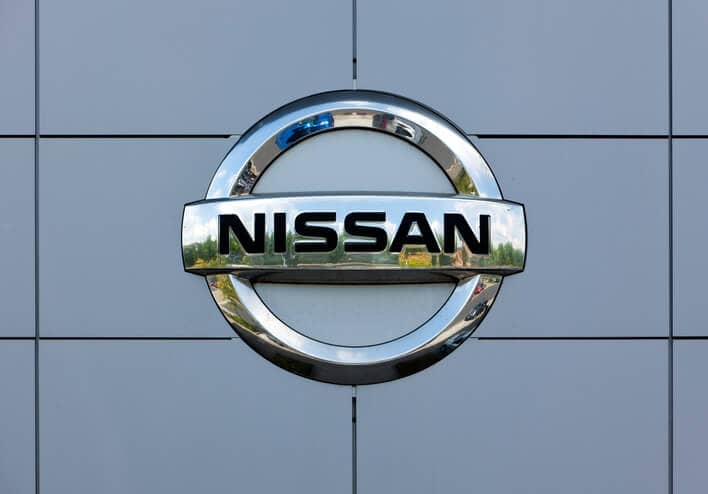The European Commission recently published a low-emission mobility strategy that “sets clean and fair guiding principles to member states to prepare for the future,” accelerating deployment of alternative fuel vehicles (AFVs), including plug-in hybrids, full electric cars and hydrogen fuel cell vehicles.
The low-emission mobility strategy frames the initiatives that the commission is planning in the coming years, and it maps the areas in which it is exploring options. It also shows how initiatives in related fields are linked and how synergies can be achieved. Further, the commission is launching public consultations on how to approach emissions reductions from road transport, including cars, vans, trucks, buses and coaches.
According to the commission’s release, the main elements of the new strategy include the following:
- Increasing the efficiency of the transport system by making the most of digital technologies, smart pricing and further encouraging the shift to lower-emission transport modes;
- Speeding up the deployment of low-emission alternative energy for transport, such as advanced biofuels, renewable electricity and renewable synthetic fuels, and removing obstacles to the electrification of transport; and
- Moving toward zero-emission vehicles. While further improvements to the internal combustion engine will be needed, Europe needs to accelerate the transition toward low- and zero-emission vehicles.
Current European Union (EU) legislation defines “low-emission vehicles” as those having tailpipe emissions below 50 g/km.
The release goes on to say that because transport in the EU still depends on oil for about 94% of its energy needs, the commission is looking into how to accelerate the use of low-emission alternative energy, such as advanced biofuels, electricity, hydrogen and renewable synthetic fuels, by providing strong incentives to innovate.
With such policy measures, the share of low-emission energy could increase, providing about 15%-17% of transport energy demand in 2030 and replacing oil products.
The European Commission states that this strategy draws on existing mechanisms and funds, including President Jean-Claude Juncker’s Investment Plan for Europe and funding under the European Fund for Strategic Investment. Additionally, EUR 70 billion is available for transport under the European Structural and Investment Fund, including EUR 39 billion for supporting the move toward low-emission mobility.







